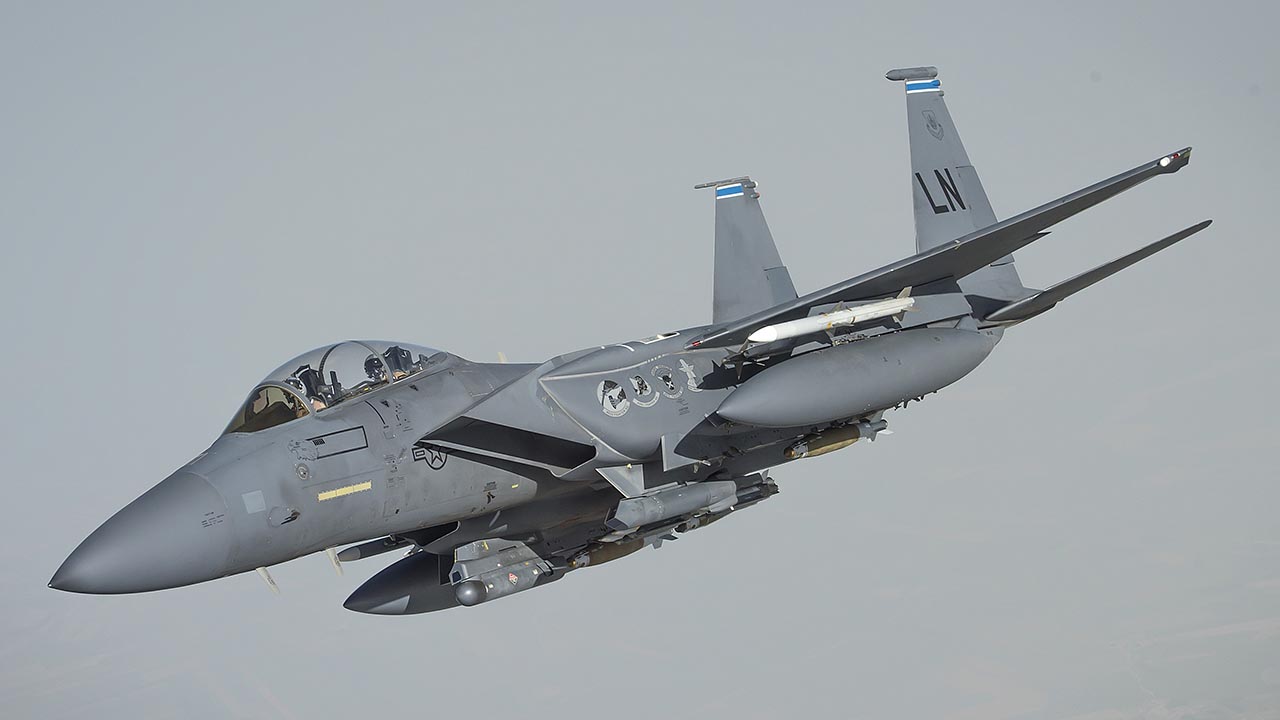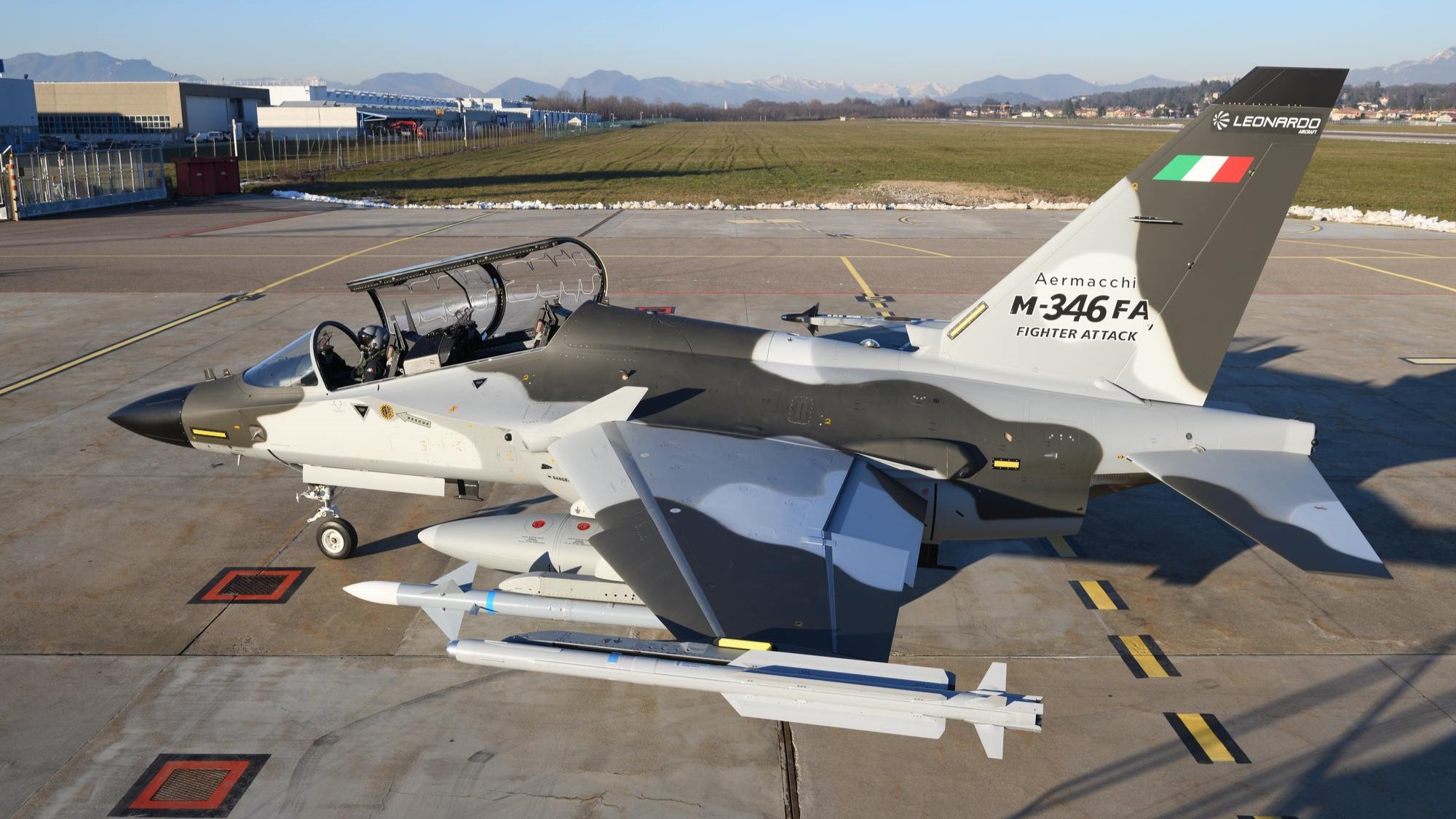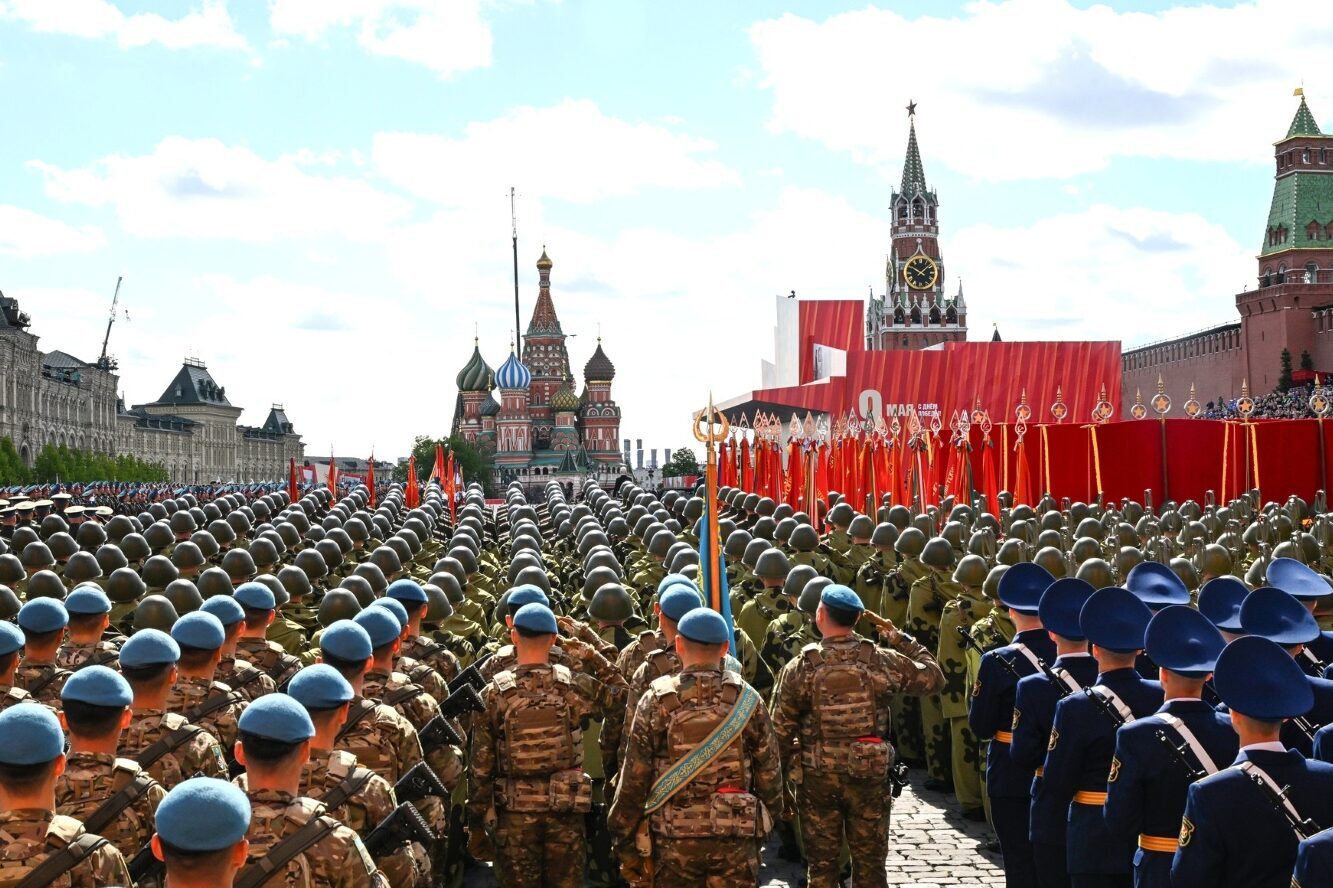What air defense lessons can be learned from the India-Pakistan conflict?
Harsh Pant, an Indian defense analyst said, “I do think that India feels that what it has destroyed in Pakistan and the signaling that it has done by reaching out to key targets in Pakistan should create a new level of deterrence.”


Indian Prime Minister Narendra Modi greets Indian Air Force officers during a visit to air force station Adampur, India on May 13, 2025. (Photo by Press Information Bureau (PIB)/Anadolu via Getty Images)
SYDNEY — The recent conflict between India and Pakistan has proven to be a notable test for each nation’s air defense tactics and capabilities, giving insights that will undoubtedly be used for the inevitable next round of conflict, analysts tell Breaking Defense.
Traditionally, the conflicts between the two nuclear powers tend to be ground affairs. This round of the fight — one that has essentially been running on and off since Partition in 1947 — looked different, with incursions into each nation’s airspace and at least one likely air-to-air kill.
India launched the four-day operation on May 7 to retaliate against Pakistan for what Delhi claimed was Islamabad’s support for terrorists who killed 26 tourists on April 22 in India-administered Kashmir. On the first day of strikes by India, 26 civilians were killed and 46 wounded, according to a Pakistan military spokesperson.
The headline-grabbing aspect of the air war was the Pakistani claim that its forces downed as many as five Indian jets. While that number has not been confirmed, Reuters has reported that at least two Indian aircraft were taken out. It’s unclear if both of them were French-built Rafales, but at least one was downed by a Chinese-built J-10 fighter from Pakistan, in a beyond-line-of-sight battle, analysts and news reports indicate.
That represents the first time a modern Chinese plane has downed a modern Western jet.
“What is notable is the likely first combat use of the Chinese Chengdu J-10CE in service with the Pakistan Air Force, equipped with the PL-15 (CH-AA-10 Abaddon) medium-to-long range air to air missile,” Douglas Barrie, an air combat expert at the International Institute for Strategic Study wrote in an email. “Furthermore, given the information released, all the air-to-air combat occurred at well beyond visual range, which seems also have been predominantly the case in Ukraine in terms of crewed combat aircraft engagements.”
Barrie cautioned that “either the lack of information or indeed the disinformation” from both sides meant that any initial assessment of the short conflict “is at best partial.”
The Indian strikes look to have been calibrated to show its military could hit multiple targets rather than inflicting overwhelming damage on any.
India operates 36 Rafales for its air force and on April 28 signed a $7.4 billion deal for 26 for its navy.
But the more interesting lessons may be learned at a lower level than jet-on-jet violence, according to a pair of analysts, who both pointed to the use of drones.
“As far as I know, both sides went further into each other’s air space than ever before. Drones enabled this: relatively cheap, numerous and with no risk of losing pilots,” Kim Heriot-Darragh, a fellow at the India Institute at the University of Melbourne, said. “But they also seemed to intensify the pace and confusion of events, raising the prospect of miscalculation.”
Pant also noted another aspect of the air war: that India’s air defense appears to have “performed remarkably well.” The core of that system is the Integrated Air Command and Control System (IACCS), a networked command and control system designed to tie together as many relevant sensors and communications as possible to identify and target threats.
“If you look at the kind of projectiles that were launched towards India, whether drones, whether missiles, whether other munitions,” Pants said, “it’s remarkable how little damage India suffered and how its air defenses managed to hold. So I think from India’s vantage point, the air defenses actually performed remarkably.”
Indian Prime Minister Narendra Modi himself heaped praise on IACCS and its related systems during a visit to the Adampur airbase in Punjab last week.
“The enemy, frustrated by Operation Sindoor, tried several times to attack this airbase as well as many of our airbases,” he said. “Pakistan’s drones, its UAVs, Pakistan’s aircraft and its missiles, all were destroyed in front of our strong air defense. I heartily appreciate the leadership associated with all the airbases of the country, every air-warrior of the Indian Air Force, you have really done a great job.”
Escalation To Come?
At the strategic level, India appears to have lowered the bar for attacking Pakistan, perhaps trying to increase the deterrence effect, according to the analysts.
“India probably calculates that its strikes heightened the costs for Pakistan to remain a permissive environment for terrorist groups,” Heriot-Darragh wrote. “But I’m not sure those costs were enough to shape Islamabad’s strategic outlook. In the meantime, New Delhi has set a new benchmark for military responses to terrorism that will be difficult to back down from when the next attack occurs. This is worrying given the stakes involved.”
Pant made the calculation that India has “shown an ability to climb the escalation ladder, to conduct operations below the nuclear threshold and showcase its power in ways that, perhaps, before that was not would not have been clear to Pakistan. So,” he said, “I do think that India feels that what it has destroyed in Pakistan and the signaling that it has done by reaching out to key targets in Pakistan should create a new level of deterrence.”
The bar has now been set so that, Pant wrote, “any act of terrorism (by Pakistan or its affiliates) will be considered an act of war.” Although both sides possess nuclear weapons, he said “India would not be worried about Pakistani nuclear blackmail.”





















































































































































